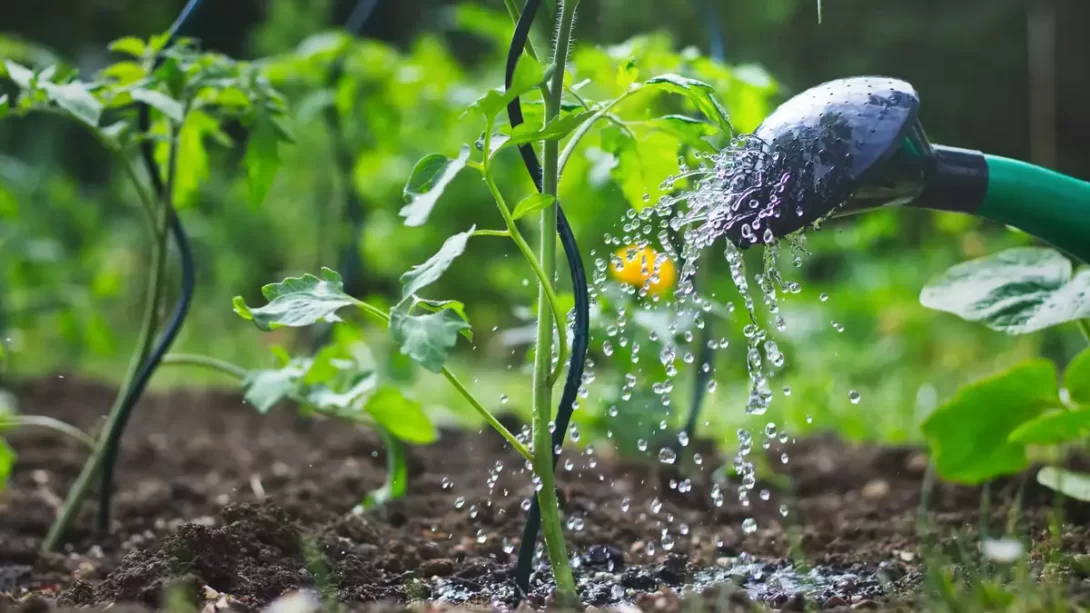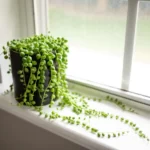Tomatoes are a beloved staple in gardens across Georgia, cherished for their versatility and flavor. For gardeners in the Peach State, understanding the optimal planting time is crucial for a successful and bountiful harvest. This article provides essential guidance on when to plant tomatoes in Georgia, taking into account the state’s unique climatic conditions.
Georgia’s Climate
Georgia’s climate varies significantly from the mountainous north to the coastal plains in the south. This diversity in climate zones directly impacts agricultural practices, including tomato cultivation. The state generally enjoys a long growing season with hot summers and mild winters, conditions that are favorable for growing tomatoes. However, the timing of planting can differ depending on the specific climate zone.
Determining the Best Time to Plant Tomatoes in Georgia
Planting times for tomatoes in Georgia can vary based on the region:
- Northern Georgia: In these areas, where temperatures can be cooler, it’s generally safe to plant tomatoes after the last frost date, which typically falls around late April to early May.
- Central and Southern Georgia: These regions experience warmer climates, allowing for an earlier planting time. Gardeners can usually start planting tomatoes in mid to late March, after the risk of frost has passed.
It’s essential to adjust planting times based on the current year’s weather patterns, as unexpected frosts can still occur and harm young tomato plants.
Importance of Last Frost Dates
Understanding the last frost date is critical for planting tomatoes in Georgia. Frost can damage or kill young tomato plants, so it’s important to ensure that all danger of frost has passed before planting. Gardeners can refer to local agricultural extensions or online resources to find the estimated last frost date for their specific area. It’s also wise to monitor local weather forecasts in the weeks leading up to planting to adjust plans if necessary.
Preparing for Planting
Before planting tomatoes, several preparatory steps should be taken to ensure the best possible growing conditions:
- Soil Preparation: Tomatoes prefer well-draining soil rich in organic matter. Prepare your garden beds by loosening the soil and adding compost or aged manure to enrich it.
- Choosing Varieties: Select tomato varieties that are well-adapted to Georgia’s climate. Consider disease resistance and the length of the growing season when making your choice. Popular varieties in Georgia include ‘Better Boy’, ‘Celebrity’, and ‘Roma’.
Planting Process and Techniques
Once you’ve determined the right time and prepared your soil, it’s time to plant your tomatoes. Follow these steps for a successful planting:
- Planting Depth and Spacing: Tomatoes should be planted deep, with about two-thirds of the plant buried in the soil. This encourages strong root growth. Space the plants about 18 to 24 inches apart in rows that are spaced 3 to 4 feet apart.
- Watering at Planting: After planting, water your tomato plants thoroughly to settle the soil around the roots. This initial watering is crucial for establishing the plants.
- Support Structures: Set up cages, stakes, or trellises at the time of planting. Providing support helps manage plant growth and keeps the fruit off the ground, reducing the risk of disease.
Post-Planting Care and Maintenance
Caring for tomato plants after planting is key to their growth and productivity:
- Consistent Watering: Tomatoes need regular, consistent watering, especially as the fruits start to form. Aim for at least 1 inch of water per week, adjusting based on rainfall and temperature.
- Fertilizing: Use a balanced fertilizer to feed your tomato plants. After the first fruit sets, switch to a low-nitrogen, high-phosphorus fertilizer to encourage fruit production.
- Pruning and Training: Regularly prune your tomato plants to remove suckers and manage growth. Training them to grow up supports helps improve air circulation and sunlight exposure.
Common Challenges and Solutions
Growing tomatoes in Georgia can come with challenges such as pests, diseases, and weather fluctuations:
- Pest Management: Watch for common pests like tomato hornworms and aphids. Use organic or chemical controls as needed, and consider companion planting to naturally deter pests.
- Disease Prevention: To prevent diseases like blight or blossom-end rot, ensure good air circulation around plants and practice crop rotation each year.
- Weather Adaptations: Be prepared to protect your plants from extreme weather, such as unseasonal frosts or intense summer heat. Mulching can help regulate soil temperature and moisture.
Tips for a Successful Harvest
As the growing season progresses, anticipating and recognizing the right time to harvest your tomatoes is crucial for enjoying their best flavor:
- Harvest Timing: Tomatoes are ready to harvest when they have reached their full color (typically a deep red, though this can vary with variety) and are slightly soft to the touch. The skin should still be smooth and glossy.
- How to Harvest: Gently twist the tomato, holding it with one hand and supporting the vine with the other. Avoid pulling directly on the vine, as this can cause damage.
- Regular Harvesting: Frequent harvesting encourages the plant to produce more fruit. Check your plants every couple of days, especially as the season peaks.
Storing Your Tomatoes
Proper storage is key to preserving the quality of your tomatoes after harvest:
- Ripening Off the Vine: If you have harvested tomatoes that are still slightly underripe, let them ripen at room temperature on a countertop away from direct sunlight.
- Refrigeration: While storing tomatoes at room temperature is ideal for flavor, you can refrigerate them to extend their shelf life, especially in hot weather. However, try to use them soon after removing them from the fridge, as prolonged refrigeration can affect taste and texture.
- Preservation: For long-term storage, consider canning, drying, or freezing your tomatoes. These methods allow you to enjoy your harvest well into the off-season.
Conclusion
Planting tomatoes in Georgia can be a highly rewarding experience for gardeners. By understanding the local climate and following the right planting and care techniques, you can enjoy a successful and plentiful harvest. Remember, the key to thriving tomato plants lies in timely planting, consistent care, and proper harvesting and storage techniques.
Whether you’re a seasoned gardener or just starting, growing your own tomatoes offers the joy of fresh, homegrown produce. With these tips in mind, gardeners in Georgia can look forward to a season filled with delicious, ripe tomatoes, perfect for salads, sauces, and many other culinary creations.



